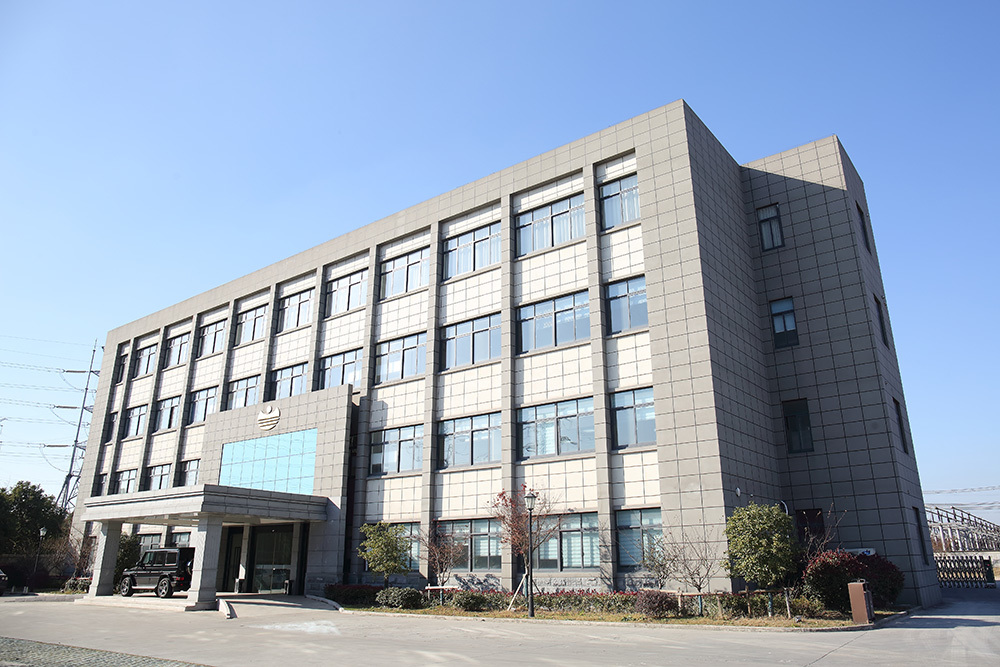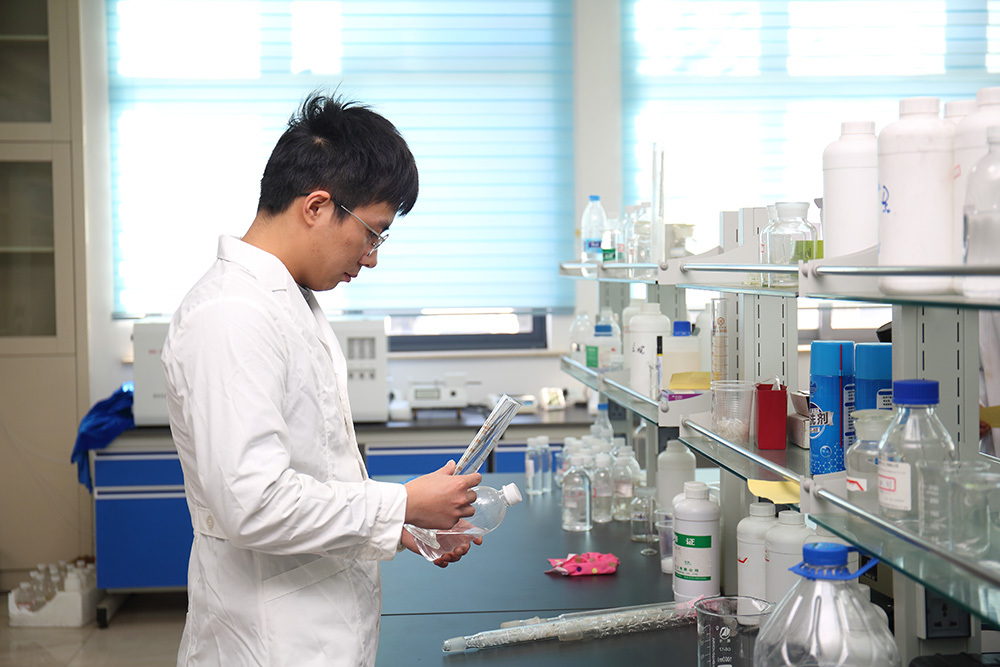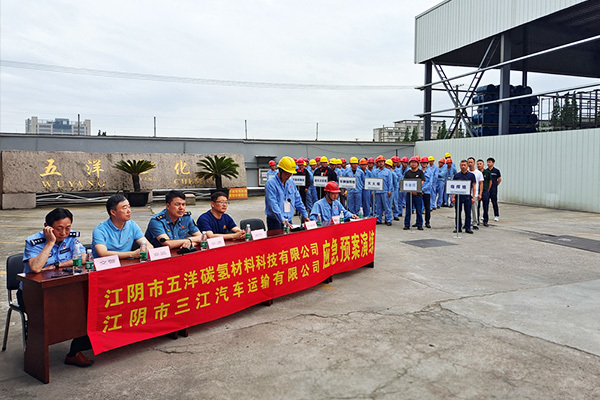NEWS
Fine chemical composition analysis
2018-06-08
Lead: Fine chemicals are those that have specific application functions, are technically intensive, have strong commercial properties, and have high added value. With the advancement of science and technology, people can no longer meet the basic questions of qualitative and quantitative analysis such as "what" and "how much" brought about by analytical chemistry. For the analysis of samples, it is necessary to provide more comprehensive and accurate structure and composition characterization. The use of simple analysis and manipulation methods is no longer sufficient for comprehensive analytical tasks, so the analysis of fine chemical composition has become critical.
The term "fine chemicals" has been used for a long time. Originally, it refers to chemical products with small output, high purity and high price. China and Japan collectively refer to these two types of products as fine chemicals.
The classification is as follows:
Cleaning agent: industrial cleaning agent, household cleaning agent, alkaline cleaning agent, acid cleaning agent, neutral cleaning agent, oil cleaning agent, hydrocarbon cleaning agent, paint remover, detergent, glass cleaner, detergent, Wax removal
Metal surface treatment agent: rust preventive lubricant, rust preventive agent, heat treatment agent, die casting liquid, stamping liquid, electric spark fluid, cutting fluid rolling solution, plating aid, heat treatment oil, metal cleaning agent, heat treatment medium, cutting fluid , rolling fluid, metalworking fluid
Water treatment auxiliary: corrosion inhibitor, dispersant, scale inhibitor, corrosion and scale inhibitor, reverse osmosis scale inhibitor, bactericide, flocculant, purifying agent, cleaning agent, pre-filming agent, adjuvant
Construction auxiliaries: pumping agent, waterproofing agent, anti-slip agent, benzene board cement, retarder, water reducing agent, beauty agent, foaming agent, grinding aid, early strength agent, reinforcing agent, concrete admixture
Papermaking auxiliaries: dry strength agent, wet strength agent, sizing agent, resin dispersant, resin control agent, deinking agent, retention aid, filter aid
Others: oilfield additives, textile printing and dyeing auxiliaries, leather auxiliaries, etc.
The significance of fine chemical testing
• The existing product formula has high cost of improvement and the cost of competing products is relatively low. By analyzing the components of your competing products in a targeted manner, the sample can be debugged according to the analysis results provided by the testing organization.
• Direct purchase of formulas is scarce or too costly. Fine chemical analysis results can provide the basic formula of the target sample and provide after-sales technical support according to the actual situation. Some simple samples can be made directly after analysis. Relatively complex samples require professional industry experience, and testing organizations provide after-sales technical support.
• If you want to know about certain raw materials or unknown components in the product, the testing agency can perform one or several component analysis in a targeted manner.
• It is suspected that the supplier has changed the formula, but there is no way to prove that the testing organization can analyze and compare the supplier samples provided by the customer, and the analysis results can be used as an important reference.
• Insufficient R&D strength, or too slow development progress. The analysis results of the testing organization are the basic formulation system of the target product, which can provide accurate ideas and directions for customer research and development. Some of the simpler products can be directly adjusted to the expected product by making appropriate adjustments through the analysis results.
Fine chemical analysis ideas
Sample preparation: refers to the treatment of the target sample you provide by chemical and physical means into a state that can be analyzed by large instruments, including drying, purification, extraction, filtration, distillation, centrifugation and other treatment methods.
Instrument detection: The processed samples are analyzed by the different instruments of the door to obtain different spectra, including spectrum, mass spectrum, chromatography, and thermal spectrum.
Spectral verification: Through data analysis, combined with database map matching, combined with the industry experience of the analysis engineer, to get what the components of the target sample are, and how much the basic formula system.
Fine chemical testing standards
Formulation analysis is different from routine testing. The analysis method is based on the principle of the instrument itself and the actual sample, using non-standard testing methods, combined with the industry experience of the analyst to obtain the basic formula analysis report of the product.
1. Determination of content
General rules for analytical gas chromatography JY/T 021-1996
General rules for chemical reagents and gas chromatography GB/T 9722-2006
General rules for high performance liquid chromatography methods JY/T 024-1996
General rules for column liquid chromatography analysis GB/T16631-2008
General rules for organic mass spectrometry JY/T 003-1996
General rules for mass spectrometry methods GB/T6041-2002
2. Product identification
General rules for Fourier transform infrared spectroscopy JY/T001-1996
General rules for infrared spectroscopy analysis GB/T6040-2002
3. Relevant knowledge
The rapid development of fine chemicals has also continually raised new questions and requirements for analytical testing science. Qualitative characterization of a product, as well as all the components and the content of each component, from nearly 100% of the body to 0.11% of impurities or even ng / g of trace impurities must be clear . In addition to the quality inspection of manufactured products, analytical testing also plays an important guiding role in research and development and production. When developing new products, especially forward-looking custom chemicals, we can't even know what is being synthesized without reliable analytical testing techniques. One of the core technologies of environmentally friendly synthesis is to recycle the by-products that we used as waste, but if we don't know what the by-products are, how do we use these "abandoned resources" and how to develop potential downstream products? In the production process, analytical testing technology will provide us with a fast tracking method to ensure that all processes in production are in a normal state.
There is no 100% pure substance in the world, and the existence of zero impurity is impossible. There is a limit to the pursuit of purity and the control of impurities. This limit depends on the stage level of scientific development of analytical testing. The development of science and technology is inseparable from analytical testing. Analytical testing is the eye of science and technology. It is also the eye of the whole process of R&D, production, trade and sales of fine chemicals.




